The concept of “place attachment” has come up in this column before, but I’ve never really shared much about my own connection to canyon country or to southeast Utah in particular.
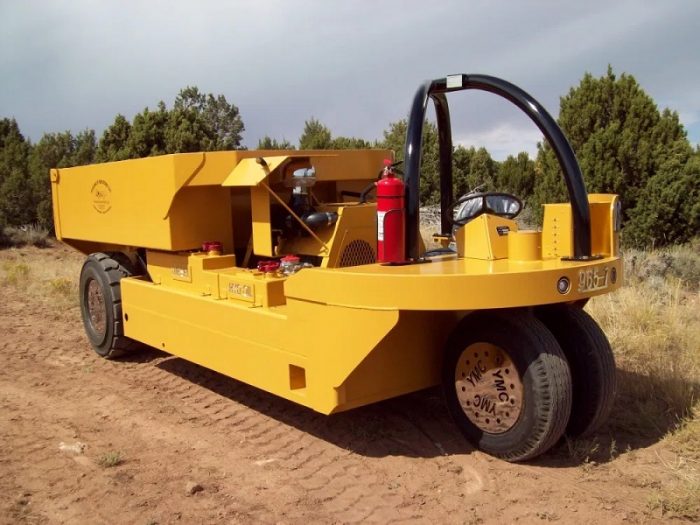
My people on my dad’s side came to San Juan County to stay shortly after World War II. My grandpa and two of his brothers started a small manufacturing operation based in Monticello turning out modern day wheelbarrows for the miners engaged in the uranium boom. It was an opportunity that ticked more than one box: it was a decent business in service of the Cold War effort in a spot they considered ideal for raising their families.
Since the collapse of mining in the region in the 80s, it hasn’t been easy to keep the business afloat. I remember visiting my dad’s shop as a boy and being enthralled with the buzzing hive of activity. These days, the space is mostly pretty quiet. The majority of the day-to-day business is repair work for local farmers and the like; what mine buggies they still turn out are nearly all put into service hundreds or thousands of miles away. Still, my dad and two of his brothers have persisted, because this is their vocation and Monticello is home.
My people on my mom’s side migrated to San Juan County a generation or so before my dad’s family did. My grandparents made their home in Blanding and it was a pretty hardscrabble life. They earned a basic income from a small family business supplemented by part-time work for the school district, but many of the necessities of life were secured during “leisure” time: a large garden, orchard, common barnyard animals, and wild game all figured prominently at the dinner table.
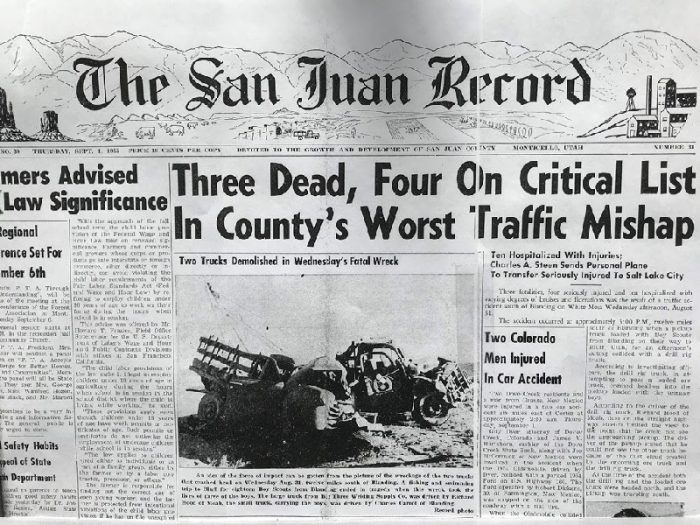
Tragedy struck the family late in the summer of 1955, when a terrible car accident involving a group of Boy Scouts on a daytrip to Sand Island took the life of their oldest child and two other boys. It was the kind of event that casts a shadow of sadness over a family in a way that never entirely goes away. A few years ago, my mom recorded some of her childhood memories and that particular day remains a vivid marker:

A few hours later Uncle Kline came to the cleaners and asked where Max was. [Kline] had been fueling cars at the station [for the people] who were taking injured scouts to the hospital in Monticello and one of the boys had told him Max was dead. I remember Mom handing Dad a folded bed sheet and he left with Kline. Mom closed the cleaners and we went home. Later Kline’s car came to their house and Dad climbed out of the passenger side. He came and walked Mom across the street where Kline had opened the trunk of the car. I remember Dad standing there with his arm around Mom as we watched out the window from home.
None of this is to say that my grandparents’ home was a heavy or morose place to spend time. The days always seemed to be packed with grand projects and adventures. What else helped matters is that there are several fantastic storytellers in the family, and all the hunting and fishing and hard work was excellent grist for their tales.
My mom’s three youngest brothers were all young enough for me to enlist as role models. One of the more permanent consequences of my hero worship has been a lifelong running habit. Some of my earliest memories are of driving all over the four corners region to my uncles’ track and cross country meets. Shiprock one Saturday, Cortez the next, and so on.
I don’t think I was even in elementary school before I had managed to talk my way onto the starting line of the 5K that ran from KUTA on Radio Hill into Blanding proper to kick off 4th of July festivities every year. Sure, my uncles were entered in the half marathon that started at Devil’s Canyon or even the near-marathon that started in Monticello, but I still felt like I was right in the middle of the pre-race chatter and jitters. Running a marathon at age 12 — from Blanding to Bluff — seemed entirely sensible.
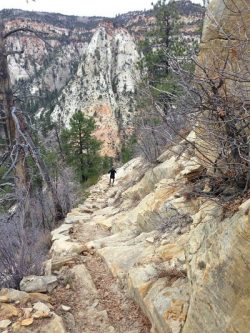
I lost some of my enthusiasm for running during high school, but I still ran cross country every fall, and as I aged out of basketball and my interest in most other outdoor recreational hobbies waned, my love of running was rekindled. It is now my primary way of immersing myself in southern Utah’s canyon country.
For three years in the mid 2010s, my wife was the principal of Tse’bii’nidzisgai Elementary School, which meant we split time between residences in St. George and Monument Valley. One weekend when I was in the southeast corner of the state, I went for a bike ride. Just a few minutes in, I noticed I was about to overtake a trio of dogs that were trotting along with a small flock of sheep on the side of the road. They were the usual motley crew that typifies the “rez dog” label, including one that was missing one of its front legs. Riding past loose, unknown dogs doesn’t make me especially jumpy, but I’ve also been chased by enough of them that I also don’t simply assume their goodwill.
When there is a dog encounter to manage mid-ride, I know of two tactics that usually work fairly well: the first, which is particularly effective if you’re riding downhill or you see the dog well before it sees you, is simply to wind up enough speed to discourage a chase entirely and guarantee that any chase that does ensue is short-lived; the second option is to use your water bottle roughly like bear spray and startle an aggressively pursuing dog with a quick squirt to its face. On this occasion, I didn’t see the dogs until I was already fairly close to them and the road was flat to slightly uphill, so I gave my pedals just a couple of good kicks to boost my speed a bit and prepared myself to deploy my water bottle.
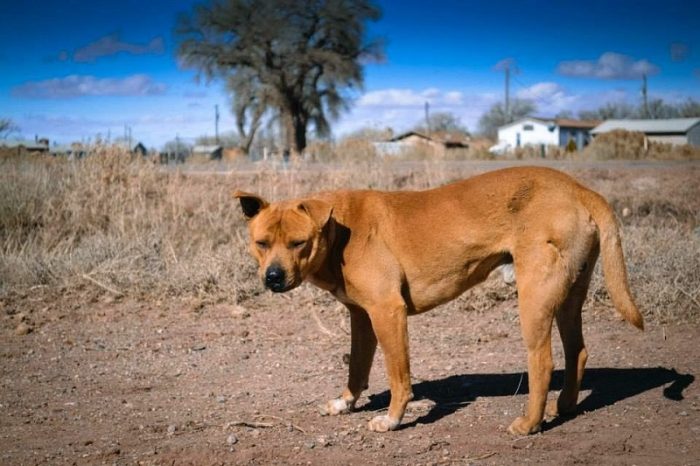
Sure enough, as soon as I tripped the dogs’ radar, the chase was on. As they got close to my right flank, I gave them a blast of water and they peeled off. In that single instant, I felt an impending sense of relief, which was immediately replaced with an awareness that all three dogs had joined the pursuit, but only two had been on my right flank. It was then that I felt the third dog’s jaws clamp around my left calf.
Just as quickly, my luck turned yet again. The successful dog — wouldn’t you know it, the crafty and amazingly capable tripedal one — was muscular but not all that big and I was still pedaling and carrying decent speed. So I wobbled but didn’t hit the pavement before shaking myself free and putting a safe gap on my pursuers. For a while, my calf muscle felt like it was nearly ripped from the bone and two of the bite wounds bled quite a bit, but it all healed up just fine.
The incident taught me an important lesson that I’ve diligently observed ever since: never underestimate a three-legged dog.
Stacy Young is a regular contributor to the Zephyr. He lives in Southwest Utah.
To comment, scroll to the bottom of the page.
Zephyr Policy: REAL NAMES ONLY on Comments!
Don’t forget about the Zephyr ads! All links are hot!
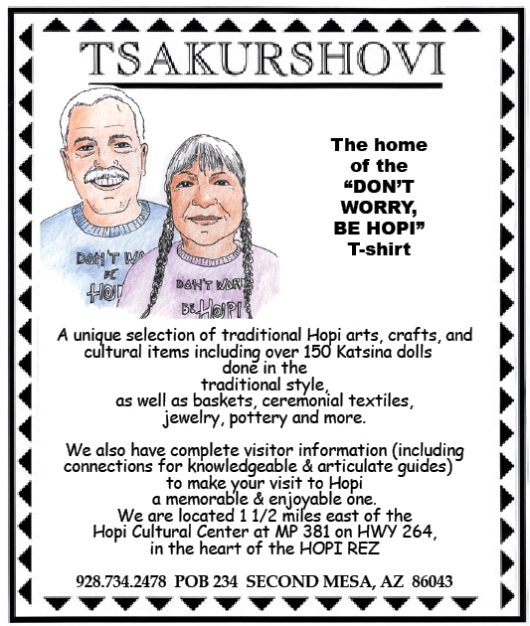
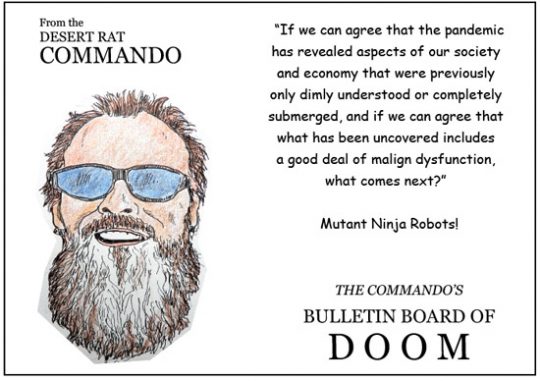
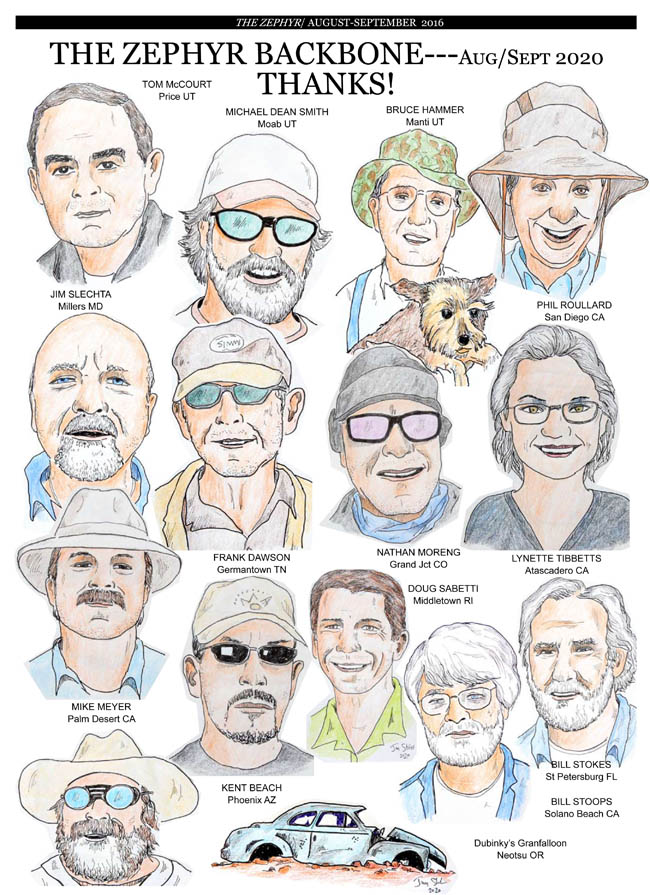




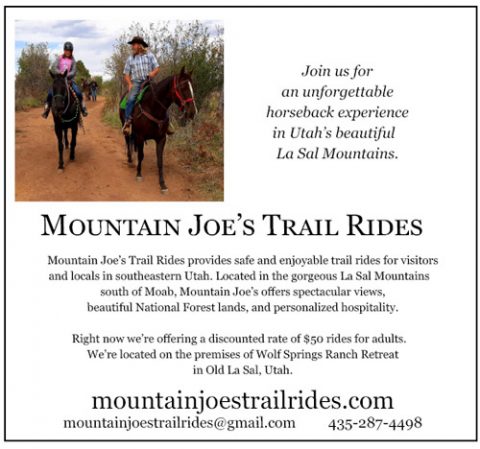
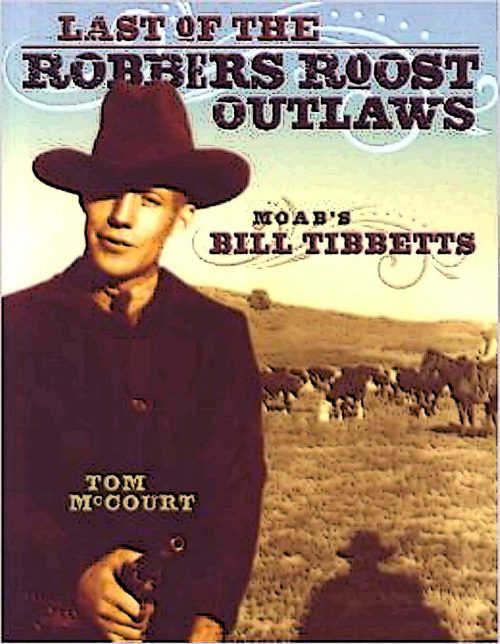
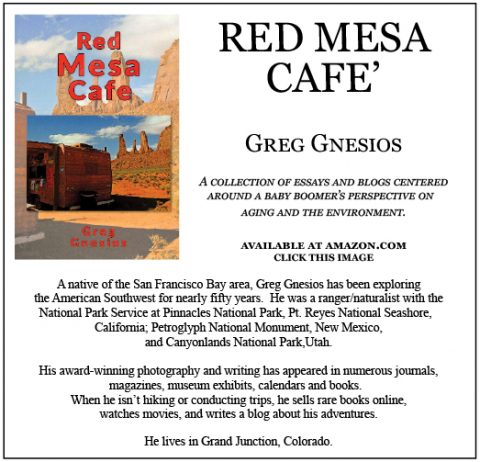

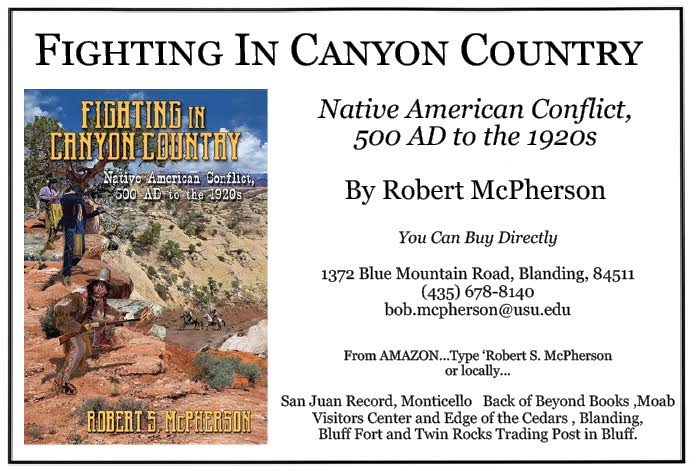
A tender piece from somone who actually comes from a place–thank you, Stacy Young, for your good work.